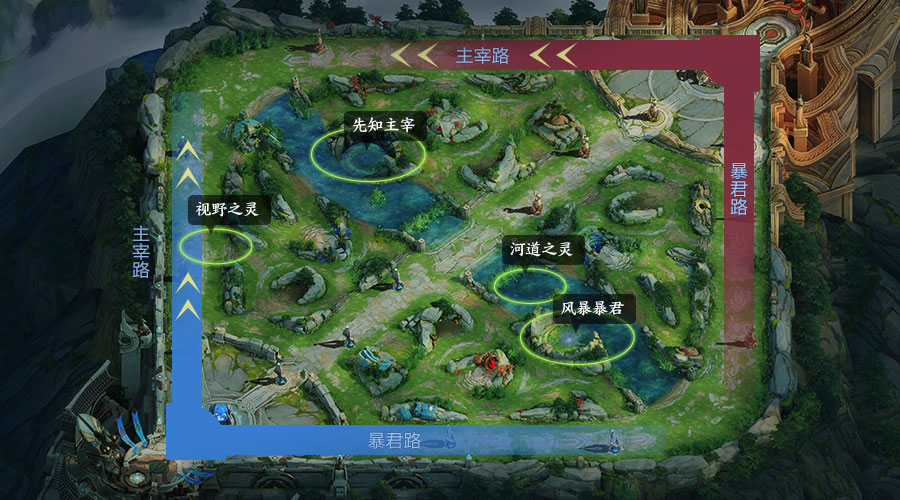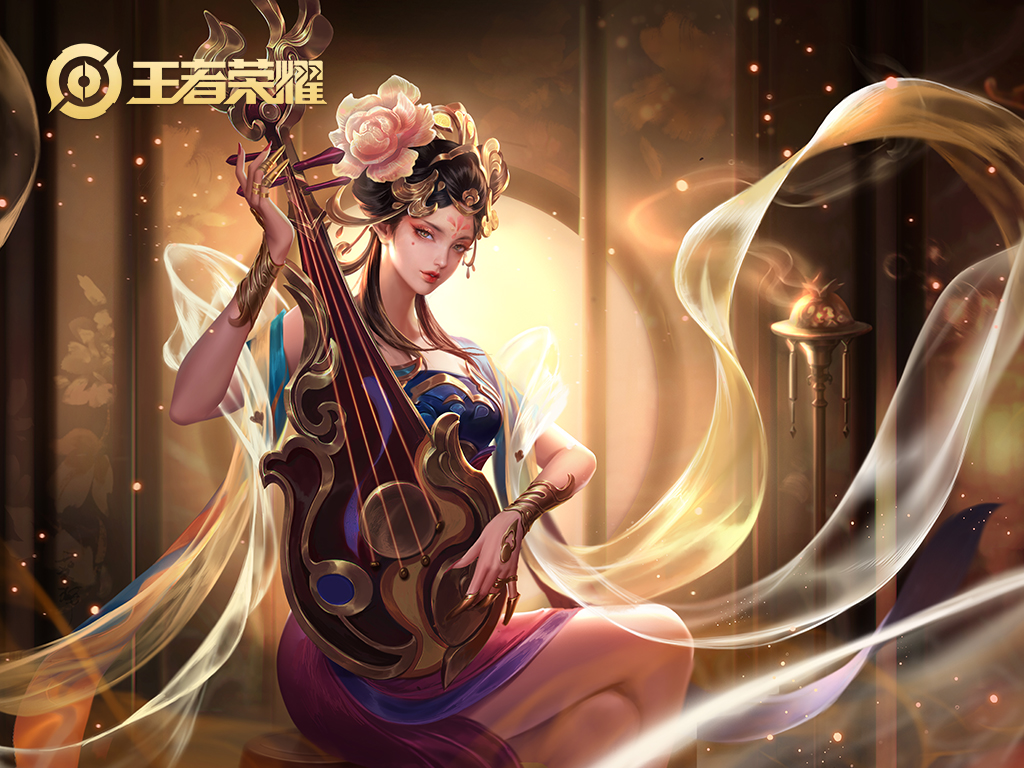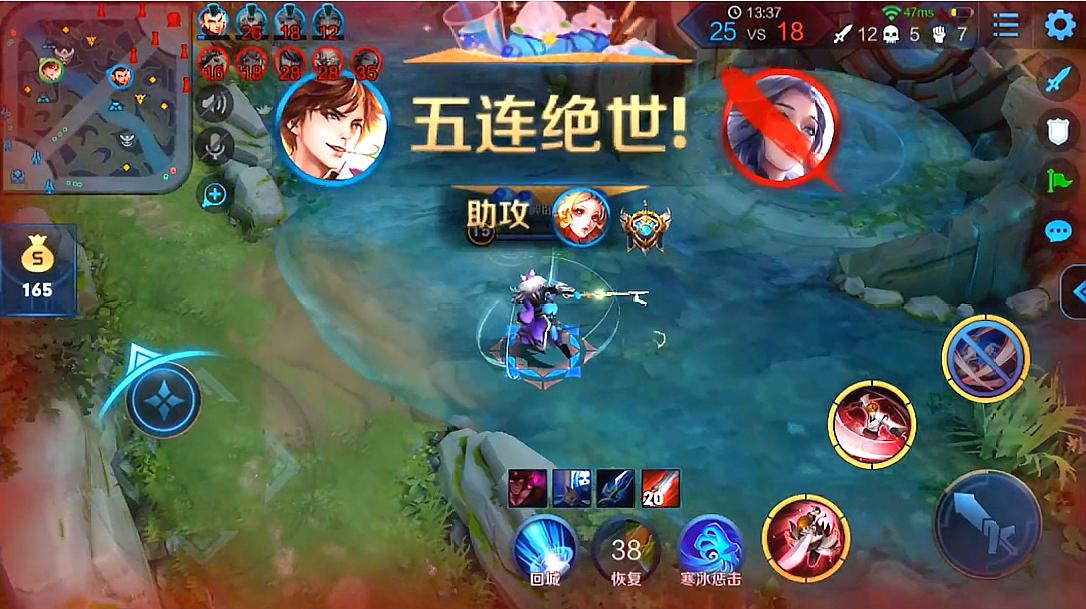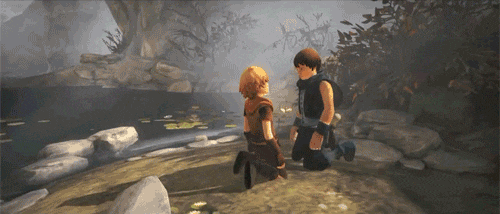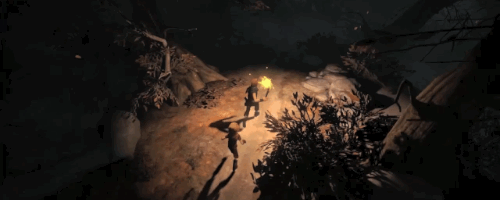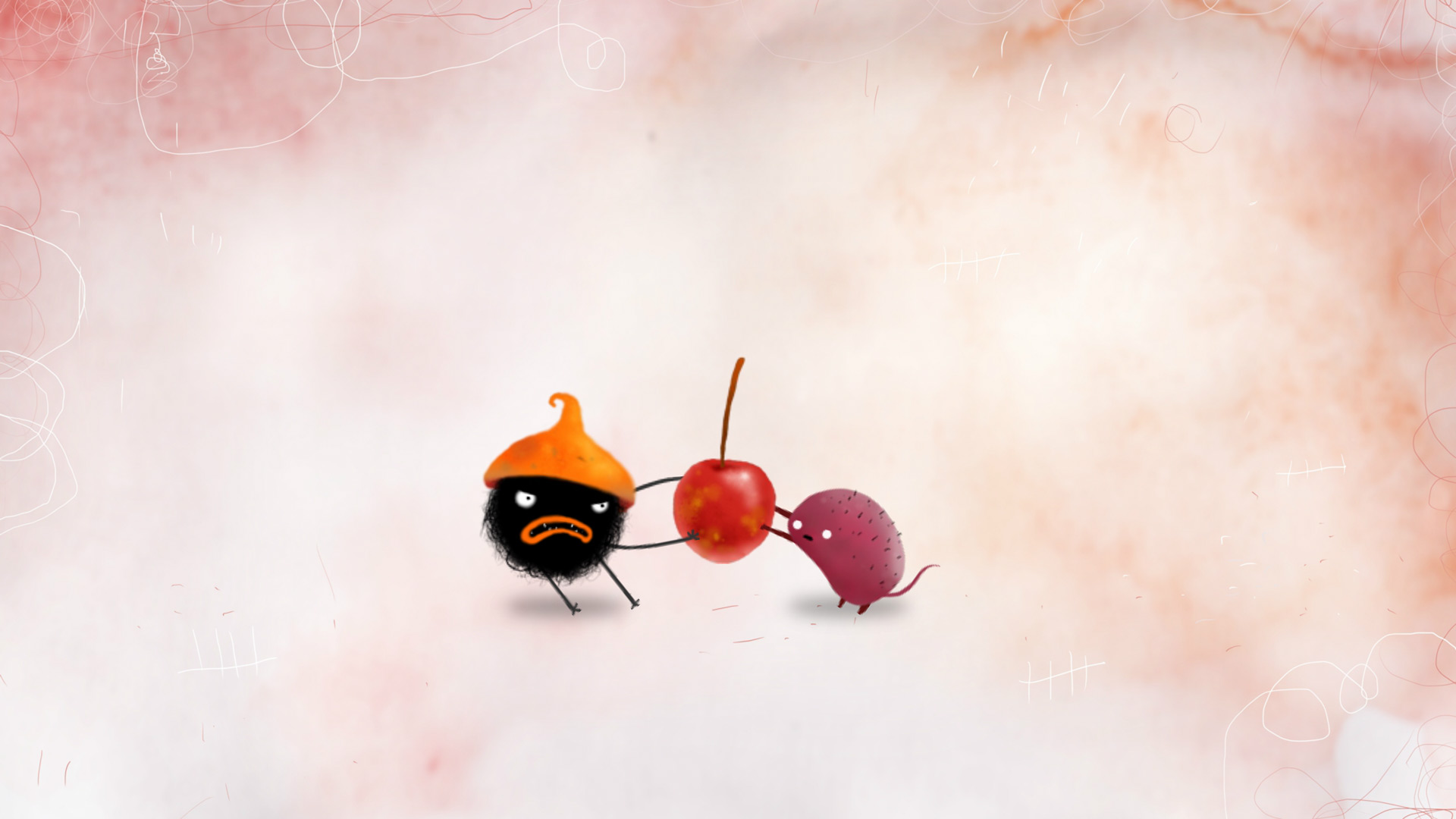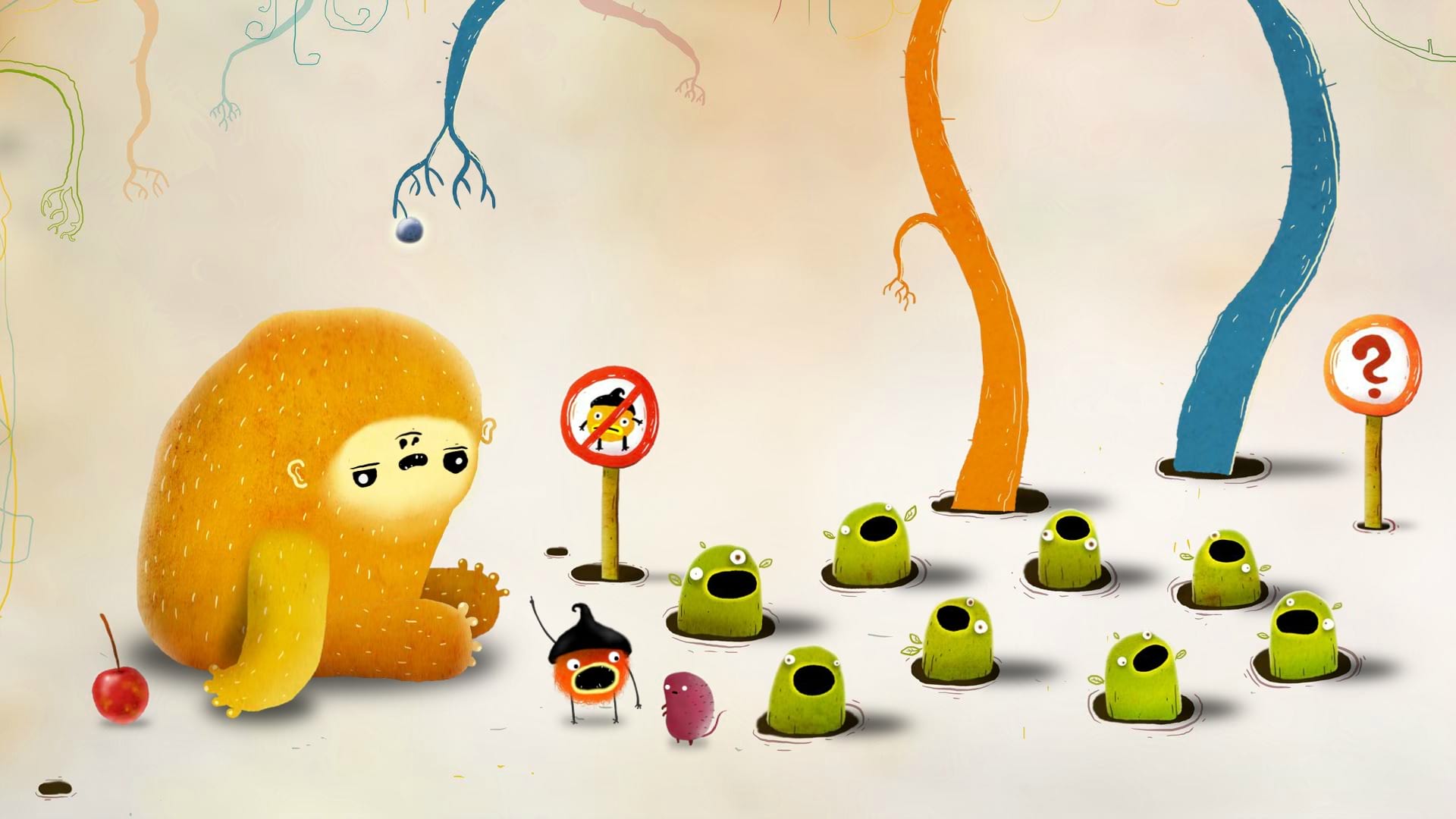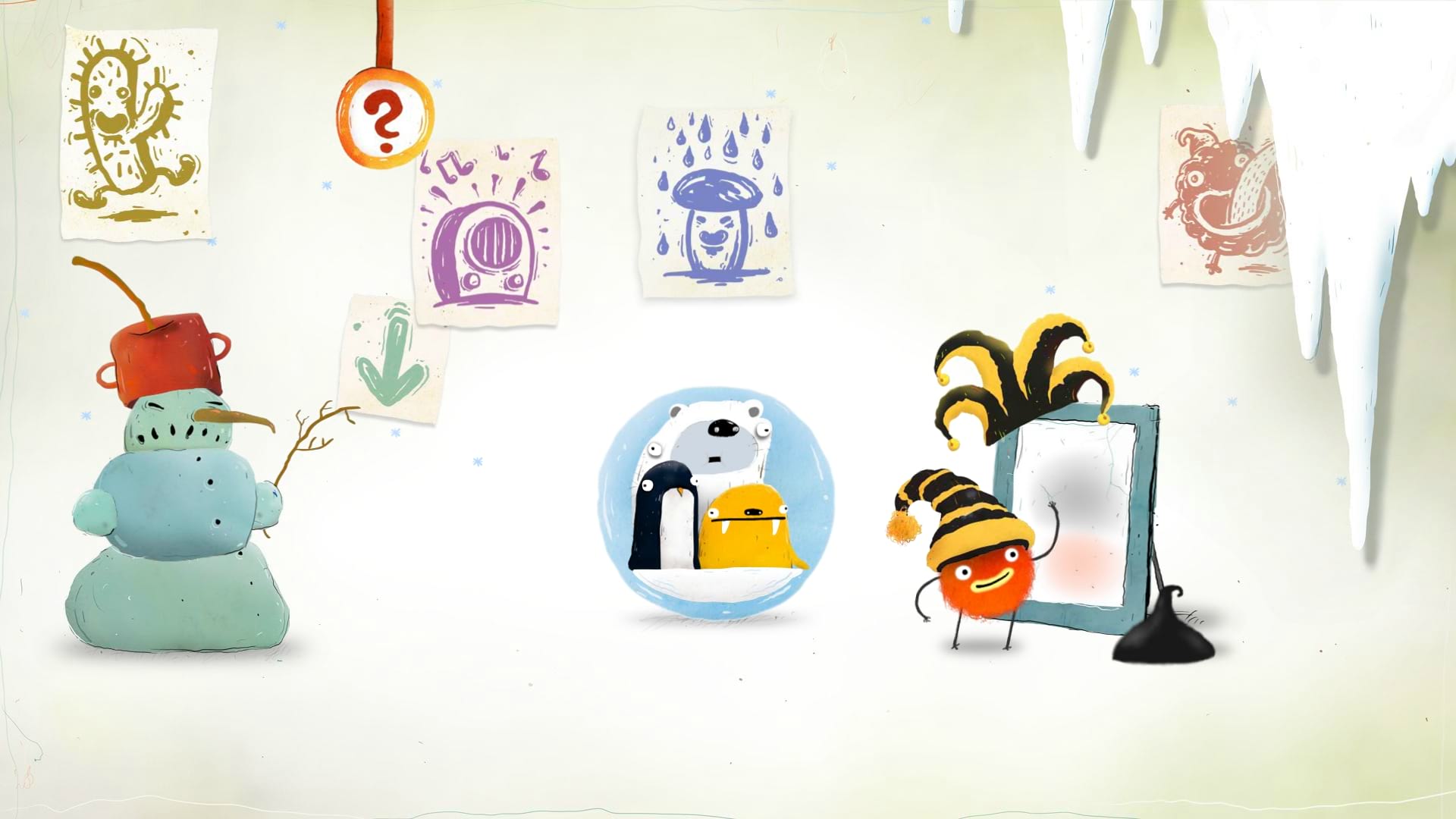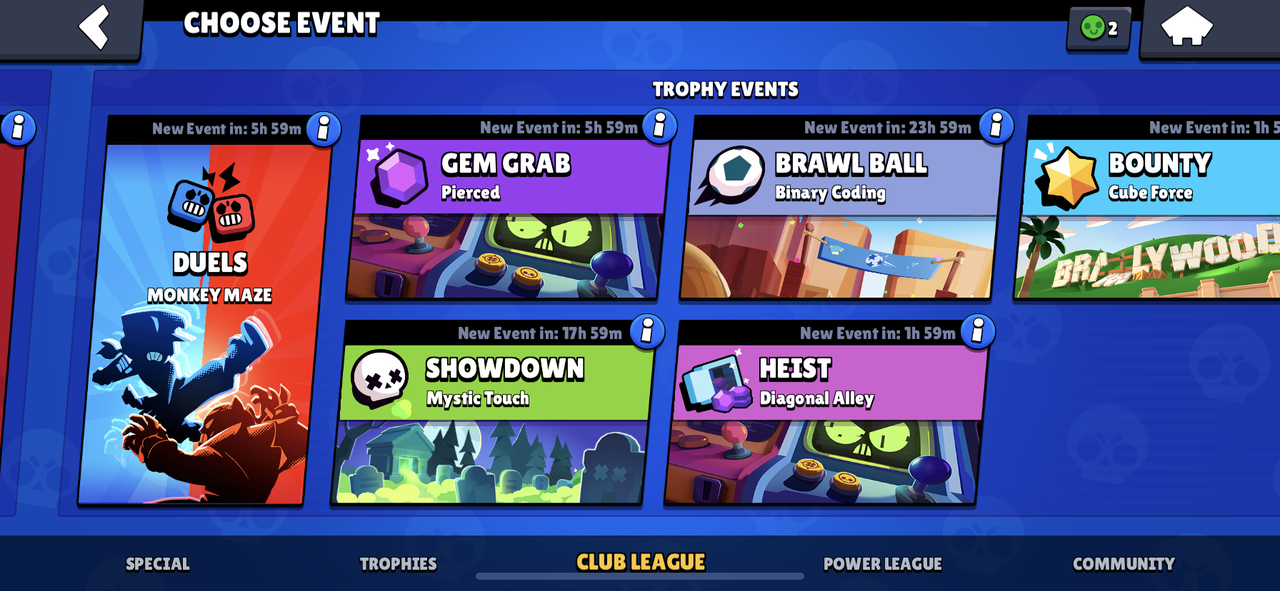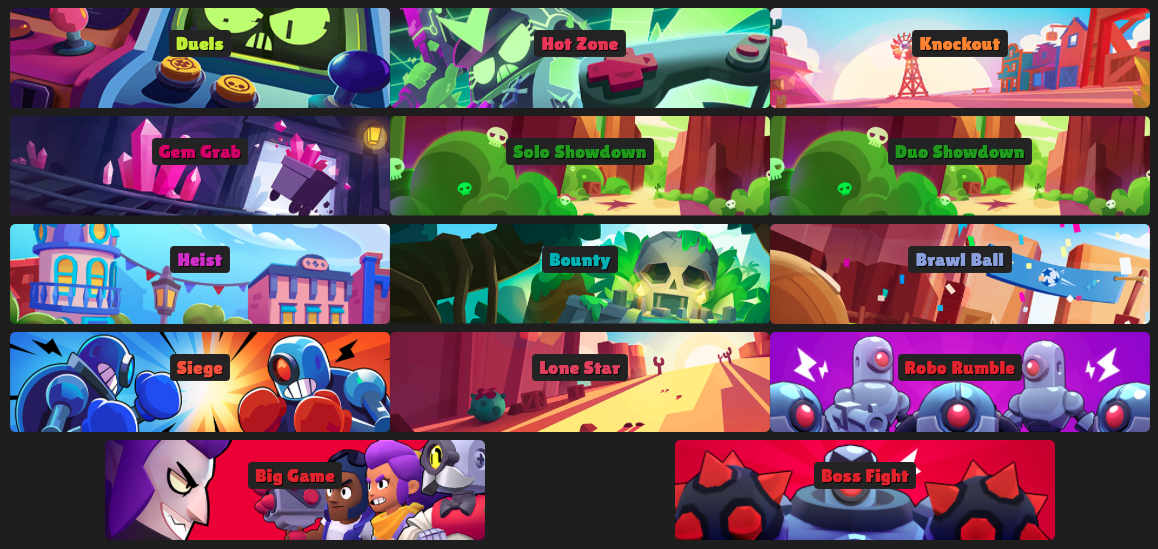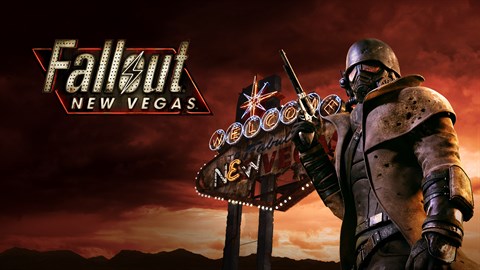
https://fallout.bethesda.net/en/games/fallout-new-vegas
Fallout: New Vegas is a post-apocalyptic role-playing video game developed by Obsidian Entertainment and published by Bethesda Softworks. It is the fourth major installment in the Fallout series. The game is released in 2010. Players take control of a character known as the courier who was ambushed and robbed of a very important package while doing his job. He was rescued and in the town of GoodSprings where he proceeds to start his journey in the Mojave Wasteland, where he will take part in the conflicts between warring factions to seize control of New Vegas, the prosperous city where all the focus is.
Lens of Curiosity
Imagine a world where atomic technology led to a Great War in the year 2077 where nuclear weapons were used without hesitation. The result is a global nuclear apocalypse in the whole wide world where radiation becomes a part of life. Greenery is no more and the world is just a desert. And yet, in this world void of life, humans still continue with their lives, some just waiting for death to come, others looking forward to the joys of life. Some even aspire to rise to the top. In a world where technology ruined it, there are abundance of stories happening in the wasteland, waiting for you to unfold. And your decisions affect what happens next in the story. You can choose to help them, you can choose to not help them, you might even choose to attack them. The action that you choose affects the rest of the story and the lives of the people in the Mojave Wasteland.
Lens of Endogenous Value
In post-apocalyptic nuclear world, technology has regressed significantly, the only exception being weapons. The concept of economy and government doesn’t even exist, only factions exercising their own political ideals onto other people. In all of these chaos, no coins or bank notes can be minted out. In exchange, the people of the Mojave Desert decided to use bottle caps from their favorite drink, Sunset Sarsaparilla as their currency. Similar to other role-playing games where money is a driving factor to getting up grades, Fallout: New Vegas uses caps as the currency for all purchases in the game. Whether it is through getting that new gun, better armor, or to bribe someone to do a favor for you, caps are really important to survive in the World. Most quests that you do will reward you in caps, and at times certain choices are influenced by your greed and desire to get more caps. You may choose to kill an ally in the process just to steal his caps for your own use. In a world where nothing much holds of value, and nothing is safe with you for always, caps are a heavy influence on what you do in the game.
Lens of Problem Solving
As an RPG game, there are an abundance of quests for you to complete in Fallout: New Vegas. Some quests might ask you to help eliminate some monsters in a nearby cave. Others will ask you to help them find a culprit for a murder. You will have different options to solve these options, and there might even be solutions that are unknown to the player. The problems come in many forms, you might need to talk out a conflict, steal and important document from an enemy, or walk into their base and kill them all. In each situation you solve a problem that you have through your own choice. Yet the method of solving the problem can arise to a different problem in the future, and that is what makes the game very interesting to play.
Lens of Action
The main action in Fallout: New Vegas is combat, where you can use guns, energy guns, melee weapons or even bombs to fight. In general it is similar to an FPS where you have to aim your gun or swing your blade to damage opponents. Fallout: New Vegas also offers another combat option where you use V.A.T.S. aka Vault-Tec Assisted Targeting System which allows players to freeze combat and specifically target six different limbs at the cost of Action Points. The damage calculation in Fallout: New Vegas is unique in the sense that damage is mainly counted to 6 different body parts: head, two arms, body, two legs. This leads to interesting decisions such as if the opponent has a high speed that can close the gap to you quickly, you might consider damaging his legs first to slow him down. The same effects apply to you as well, if you step on a mine you will blow off both your legs and limp until you find a doctor. As survival is difficult in the game, strategic planning of action is important as resources are scarce as well.
Lens of Elemental Tetrad
Mechanics
The mechanics of the game is the leveling up of the character and investing skill points and perks in the character system. Players have a choice of choosing their attributes into Strength, Perception, Endurance, Charisma, Intelligence, Agility and Luck. These attributes will in turn affect the skills of the following: Weapons, Explosives, Guns, Melee Weapon, Unarmed, Barter, Lockpick, Medicine, Repair, Science, Sneak, Speech Survival, where the player will gain skill points after levelling up to invest into these skills. Additionally players gain perk points where they can spend to gain special perks that grant additional abilities. The mass amount of perks available and choice of the skill points to invest in ensures that no two Fallout: New Vegas experiences are the same. Aside from the levelling and character system, Fallout: New Vegas introduces the karma and reputation system which results to different encounters depending on the actions you have done in the past. If you mass murder innocents in another town you will gain bad karma and other town people might attack you on sight. Yet if you have benefitted this particular town they might turn a blind sight as you have a good reputation with the town. The karma and reputation system further adds to experience where your every action affects the gameplay.
Story
The beauty of the story of Fallout: New Vegas is that there is no fixed persona of the character. Unlike other RPG’s where the character has a personality and certain choices doesn’t fit into the story, the courier in Fallout: New Vegas is shot twice in the head before the beginning of the story and hence is having amnesia. Thus, the player can make their choices without being restricted by the setting. The story itself is very unique as the world is devoid of life, in the sense that there’s no war and no prosperity going on. There is a little hint of conflict going on but the overall feeling is an eerie sense of peace. In a world where most of the population has died, the survivors do not really have a direction of what to do in life. In a place where there’s no hope, the protagonist can seek to leave it as it is, seize the opportunity to take advantage and seize or control, or help make life better for others.
Aesthetics
Despite the game being released in 2010, the game does a really good job of portraying a desert wasteland with the dark and bland colors. Though the models of the characters aren’t really intricate, they are shaped well enough to portray their sunken and hallowed faces. Though the vibrant city of New Vegas does not seem to be the paradise of opportunity that it was portrayed as. It seemed more like the only town where entertainment is available and thus people flocked there. Other than that the feel of the game was very well done. The soundtrack using oldies from the 50s and 60s is a good compliment to the ‘wasted’ feel of the desert
Technology
The game was made using Gamebryo system which developers can combine and extend libraries to modify the engine for a particular game. Gamebryo uses C++ programming language.
Conclusion
Though Fallout: New Vegas’s combat system isn’t the best experience compared to other FPS games, it’s unique storyline, intriguing quests and interesting character development system makes it a very memorable RPG game to play that incorporates a lot of the game design principles. Though the game itself is old and the graphics cannot be compared to the newer generation now, it’s story and enjoyment are still one of the best the RPG genre has to offer.


